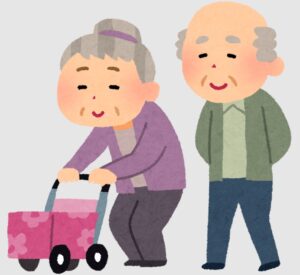管理人オススメコンテンツはこちら
「悪夢の始まり|欲望は破滅へのクロスロード」
〜前回のつづき〜
●借金に依存するアメリカ人の実態(つづき)
アメリカ人の借金生活が崩壊した
歴史的事件と言えば間違いなく
2008年前後に起きた
サブプライムローン問題です。
事の発端は
1997〜2006年の住宅バブルなんですね。
この期間に住宅価格が
2.2倍以上になった。
住宅価格が上がると
担保枠が増える。
アメリカ人は増えた担保枠を使って
めちゃくちゃ借金しまくったんですね。
これはどういう事かというと
もしあなたの自宅の価値が
3千万円から5千万円に値上がりしたら
新たに2千万円の借金余力が
生まれる事になりますよね?
この枠を使って
借金しまくったという事です。
「3千万円借金して3千万円の家を買った。
それで5千万円に値上がりしたんだから
2千万円分まだ借りられるよね?」
という
「この家を売ったら5千万円になるんだから
理屈上は2千万円枠が余ってますよね?
だから2千万円借りられるよね?」
というのが
その問題なんですよ。
そして
どんな住宅を買っても
値段が上がっていった。
値段が上がるものだから
銀行は稼ぎの少ない人にまで
住宅ローンの貸し付けを
始めたんですよ。
住宅価格は
それでも上がっていくし
消費額はドンドン増えるし
経済が回ってみんな万々歳
という事になったんですけど
ところが
住宅バブルが崩壊して
話は一転する訳ですね。
値段が上がり続けている間は
この理屈が通用するので
いいんですけど
値上がりが止まった瞬間に
悪夢の始まりな訳ですよね。
もともと
自力では返せないような人達に
お金を貸してる訳ですから
値段が上がり続けるという事を前提に
色々組んでるものだから
悪夢の始まりになってしまった。
一度崩壊しだしたら
止まらない訳なんですね。
・住宅ローンが返済できない
・消費者ローンも返済できない
そこらじゅうで
デフォルト(返済不能)が
起き始めた訳ですね。
借金の返済が滞っちゃうという状態が
色んな所で起こり始めた。
2009年時点では
何と7世帯に1世帯が
返済不能になっちゃった。
日本での住宅ローンの
デフォルト率というのは
不景気の時でさえ
100世帯に1世帯ぐらいなんですね。
アメリカがどれだけ
異常事態に陥ってたのかというのが
よく分かる数字ですよ。
何が言いたいのか?
共有したい教訓というのは
この2つなんですよ。
(1)悪い借金というのは必ず身を滅ぼす
(2)良い借金をするというのは非常に難しい
キツい言い方をすると
無知な人や初級・中級者ほど
自分の借金はいい借金だと
信じやすいんですね。
よっぽど
自分の金融リテラシーに
自信が無ければ
借金を有効活用しようなんて
思わない方が無難なんですよ。
良い借金を
出来るのであればいいんですけど
これは使いこなすのが難しい。
理屈上は合ってるんですけど
いい借金を使えたらいいんですけど
難しいんですよ。
〜〜〜つづく〜〜〜
Special Thanks college president Ryo.
●おまけ
≪≪perplexityちゃんによる文章まとめ≫≫
2008年前後に起きたサブプライムローン問題は、アメリカの借金依存社会が崩壊した象徴的な事件である。1997〜2006年の住宅バブル期に住宅価格が2倍以上に上昇し、人々は担保価値の増加を根拠に過剰な借金を重ねた。銀行も低所得者層にまで住宅ローンを拡大し、経済は一時的に好景気となった。
しかしバブルが崩壊すると返済不能者が急増し、2009年には7世帯に1世帯がデフォルトに陥った。日本では不景気時でも100世帯に1世帯程度であることを考えると、事態の深刻さは明らかである。
この出来事が示す教訓は二つ。悪い借金は必ず身を滅ぼすこと、そして良い借金を活かすのは非常に難しいということである。金融知識が乏しければ、借金の活用は避けるのが無難だ。
-
- https://www.homes.co.jp/words/s1/525001447/
- https://www.smtg.jp/about_us/chronicle100/history/section13034
- https://ja.wikipedia.org/wiki/サブプライム住宅ローン危機
- https://www.daiwa-am.co.jp/guide/term/sa/sabupu_1.html
- https://www.nam.co.jp/market/column/trend/2007/070720.html
- https://www.dir.co.jp/report/column/20210720_010697.html
- https://wwwecono.meijo-u.ac.jp/labo/labo_02.html
≪≪Chat-GPTくんによる英訳≫≫
~Continuation from the previous section~
【The Reality of Americans Dependent on Debt (continued)】
The collapse of America’s debt-driven lifestyle
can be traced back to one historic event —
The Subprime Mortgage Crisis that erupted around 2008.
The root of the problem goes back to the housing bubble between 1997 and 2006.
During that period, housing prices more than doubled — rising by over 2.2 times.
When housing prices go up,
the amount you can borrow against your home — your collateral capacity — also increases.
Americans took advantage of that expanded collateral
and went on massive borrowing sprees.
Here’s what that means:
If your home’s value rose from 30 million yen to 50 million yen,
you suddenly gained 20 million yen worth of new borrowing capacity, right?
And Americans made full use of that capacity —
they borrowed and borrowed.
It went something like this:
> “I borrowed 30 million yen to buy a house worth 30 million.
> Now it’s worth 50 million,
> so I can still borrow another 20 million, right?”
Or, in other words:
> “If I sell this house, I’ll get 50 million yen.
> That means, in theory,
> I still have 20 million yen worth of unused borrowing power —
> so I can take out another 20 million yen loan, right?”
That’s the logic that led to the problem.
And since housing prices just kept going up,
people thought there was no risk.
Because prices were rising,
banks started lending even to people with low income.
Housing prices continued to rise,
consumer spending surged,
the economy looked like it was booming —
and everyone thought things were great.
But then, the housing bubble burst,
and everything turned upside down.
As long as prices kept going up,
that logic made sense.
But the moment prices stopped rising, the nightmare began.
Because the banks had been lending
to people who couldn’t really afford to repay,
and because everything had been built
on the assumption that “prices will keep going up,”
the collapse became inevitable.
And once it started,
it couldn’t be stopped.
People couldn’t repay their mortgages.
People couldn’t repay their consumer loans.
Defaults — failures to repay —
started happening everywhere.
Loan repayments began falling behind
all across the country.
By 2009,
one out of every seven households
had become unable to repay their debts.
For comparison, in Japan,
even during a recession,
the default rate on home loans is about one out of every hundred households.
So that really shows
just how extreme the crisis was in America.
—
What’s the lesson here?
There are two main takeaways I want to share:
1. Bad debt will always destroy you.
2. Taking on good debt is extremely difficult.
To put it bluntly,
the less financially literate you are —
the more likely you are to believe
that your own debt is “good debt.”
Unless you’re very confident in your financial literacy.
it’s safer not to try to “use debt effectively.”
If you can truly make good use of debt, that’s great —
but it’s far harder than it looks.
In theory, it makes sense.
But in reality,
using debt wisely is much more difficult than people think.
Special Thanks OpenAI and Perplexity AI, Inc

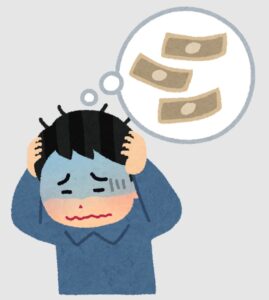
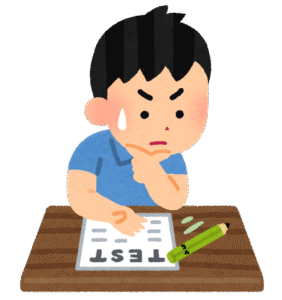
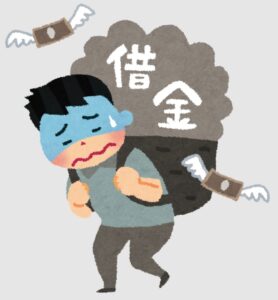
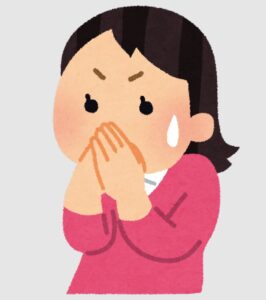

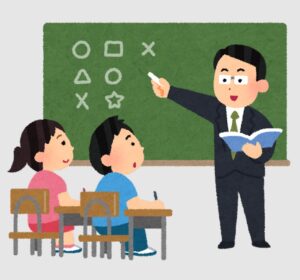
-300x300.jpg)
